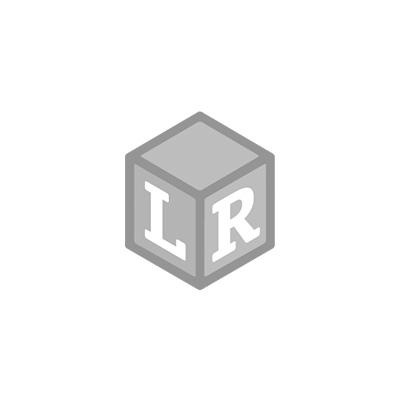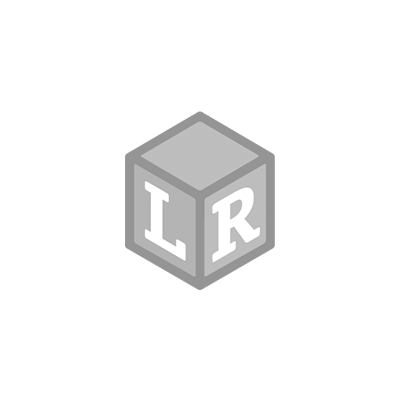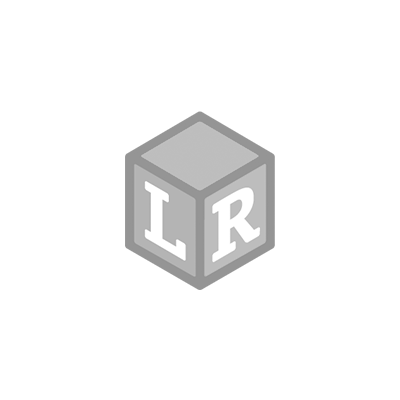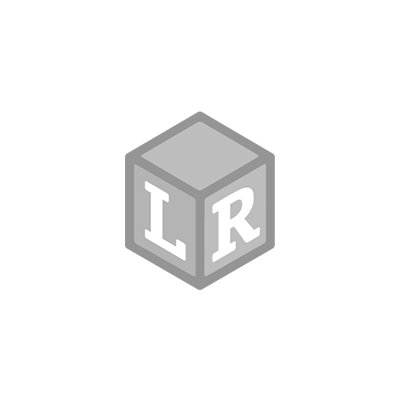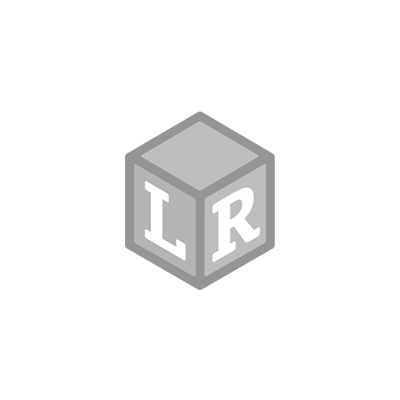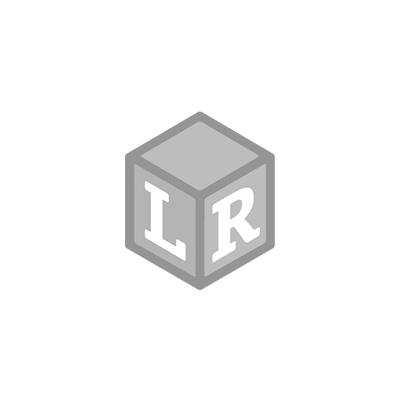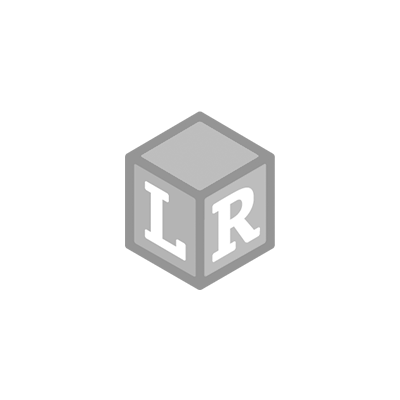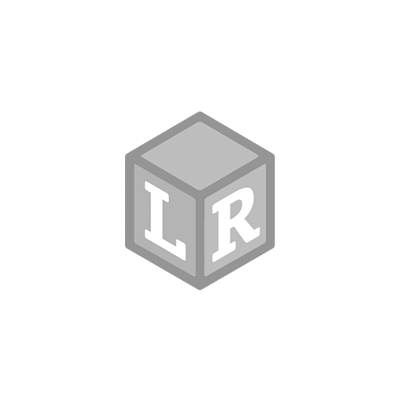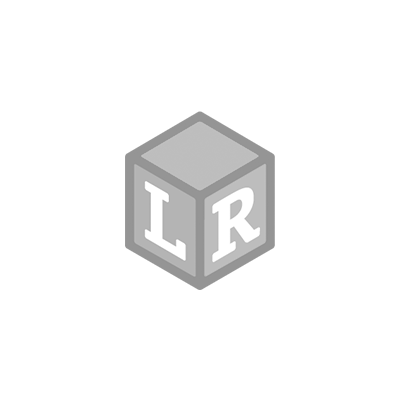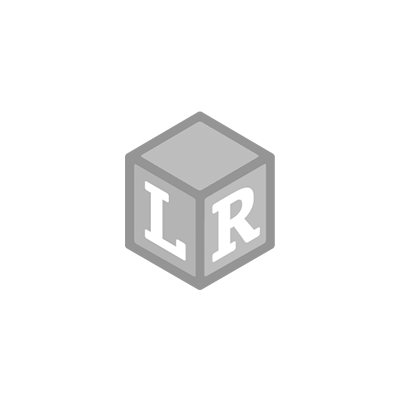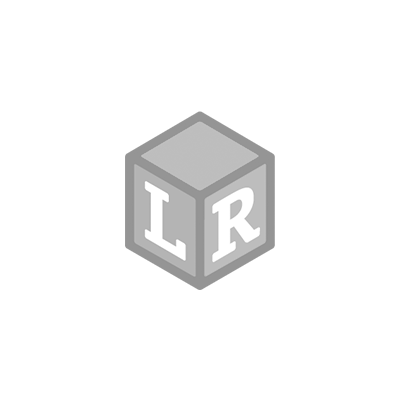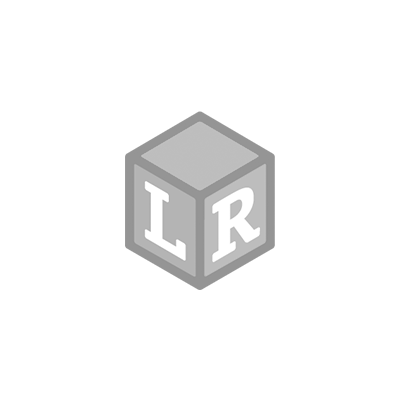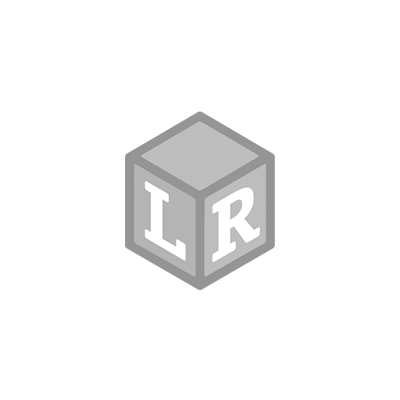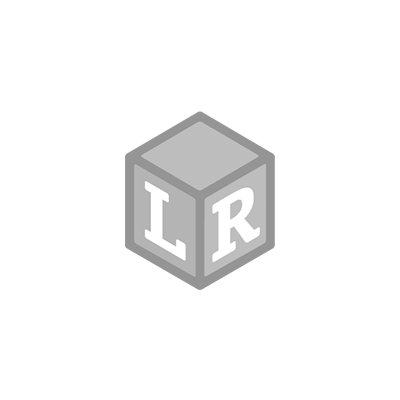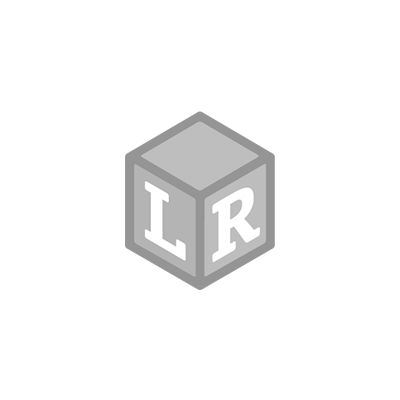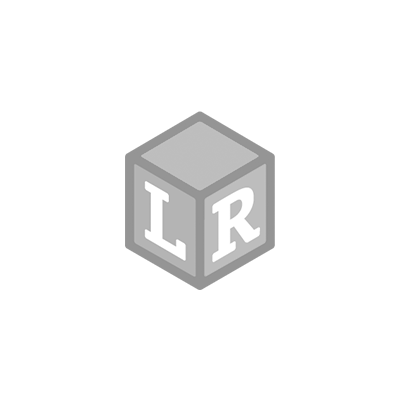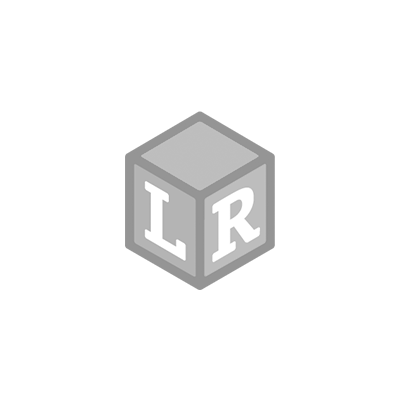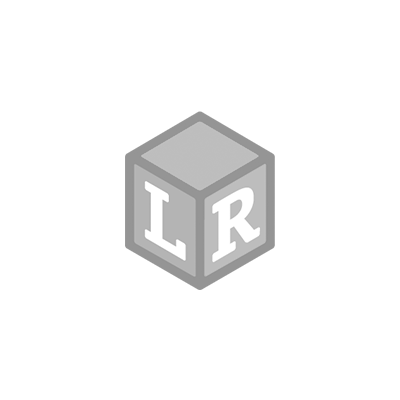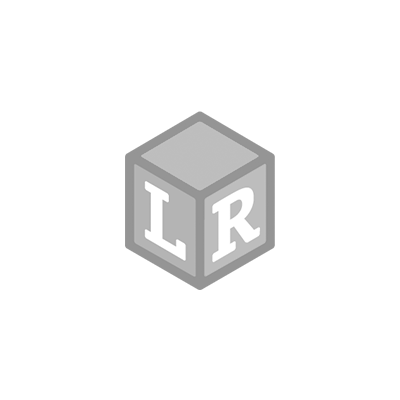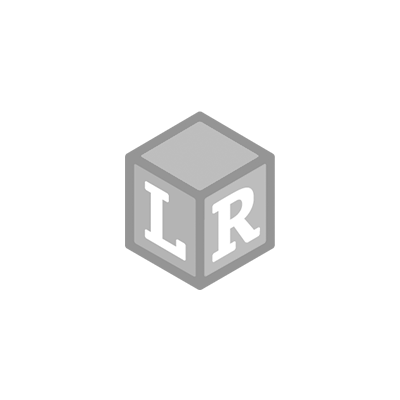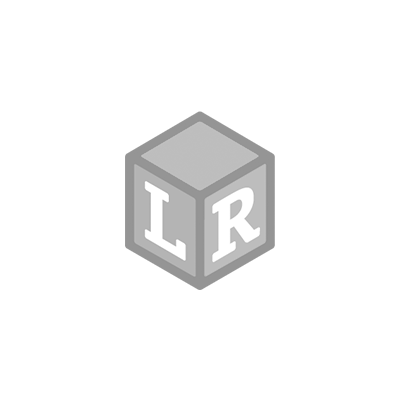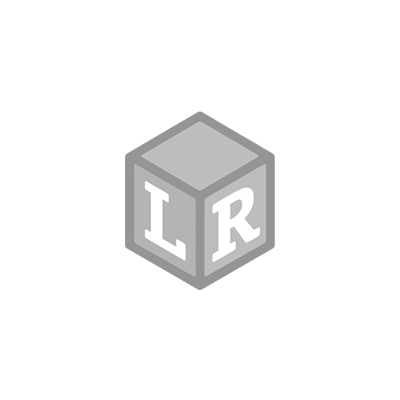
Move & Learn: DIY STEM Forts!
- Patria Lincoln Posted On Mar 26, 2020 | STEM
Even when you're learning at home, you still need recess! That's why we're coming up with lots of activities that get kids moving and learning at the same time. Today's activity adds some extra STEM fun to the classic art of fort-building.
Gather Materials
Everyone's house is filled with different stuff, so everyone's STEM Forts will look a little different. As you gather your fort-building materials, ask your kids what they think each item might be used for in the building process. Your final item lists may vary, but we recommend some or all of the following: couch cushions and pillows, bed sheets, twine or laundry line, small furniture items (chairs, coffee tables, ottomans), poles (yardsticks, mops, brooms).
Get Creative
Once you have your materials, it's time to start daydreaming about what kinds of forts you're going to build. This is a great opportunity to encourage your kids to stretch their imaginations. Ask them about their vision for the fort; are they building a moon base, or a castle, or a superhero hideout? What kinds of pretend features or creatures might the fort contain?Build STEM Skills
Building any kind of fort helps your kids strengthen their early engineering and design skills, but you can add even more learning to the fort-building with the following challenges:Shape Forts: Can you build a fort in the shape of a square, or a rectangle, or a triangle? What about a circle? How does the process change for each shape?Tallest/Longest Fort: How high can you make your fort before it topples over? How long can it get before the walls start to sag? What reinforcements can you make to keep your fort standing?
Multi-Room Forts: If you've mastered the single-room fort, can you design a fort with a second or third room? What will you use for the passages?
Simplest Fort: Who can build a fort with the smallest amount of materials? How does the process get harder or easier with fewer pieces?
Fort Race: Have builders take turns selecting from materials they want to build with. Once all the materials are selected, have a race to see who can build their fort the fastest. Our Digital Timer is the perfect tool to help keep track of race times!
At Learning Resources, we’re here to help you make the best of this challenging time. Stay safe and healthy, and check back with our blog for more tips and learning ideas as the situation unfolds.
 Shop UK Site
Shop UK Site 

